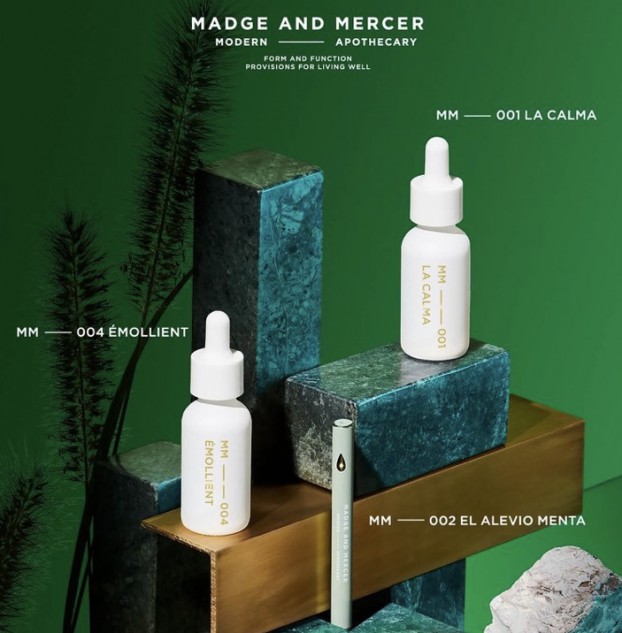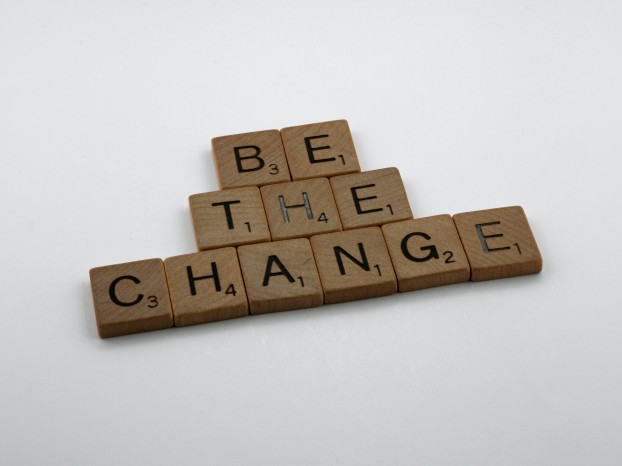
It’s been a big year for making positive changes towards improved social impact.
Whether it’s in how brands are approaching marketing, their alterations to move towards a more sustainable future or how they employ their workforce, this year, more conversations have begun to surface regarding improved inclusivity, transparency and responsibility.
These conversations are sparked in a variety of ways. Sometimes it’s from a personal drive for change; other times, it comes as a response to public backlash.
But if there’s a larger trend we can reflect on this year, it’s how to progress with purpose.
We scrutinized exactly how brands latch on to social missions, and we watched them learn how to do it the right way – at times, after false starts or fumbling the ball. As Oprah is often quoted, “When you know better, you do better.”
Here, we revisited our favourite stories regarding social impact – the brands that are trailblazing what it means to lead with purpose, and the lessons learned along the way to help others carve out what they stand for.
Men and women don’t see eye-to-eye when it comes to DE&I
Some striking findings were uncovered in this report that we’re still learning from. While 99% of marketers believed that a fully inclusive workplace equalled unquestionable benefits, only 22% of them said that their upper management actually embodied it. What’s more, conversations revolving around looming uncertainty on how to broach the subject were evident.
In general, men didn’t think there was a glaring problem in their places of work when it came to discrimination based on race or age – something women saw very differently.
This report included actionable steps and more blind spots to consider when taking initiative towards a more inclusive work environment.
How brands can avoid the greenwashing trap
This year, “greenwashing” was a four-letter word. It points to brands that claim to be making steps towards being more sustainable, but are actually doing more harm than good.
In our in-depth report, we revealed just how damaging the act of greenwashing can be on a business’s image, applauded the brands that were impacting change in a responsible way and got to the bottom of the hard truth about what it really takes to be “radically transparent.”
Madge and Mercer welcomes women over 40 to cannabis
Women? Over 40? In cannabis? You read that right.
This story stuck out because not only is Madge and Mercer targeting a demographic that’s notoriously hard to reach in the cannabis space, but it’s doing it in a way that speaks to the core of who that audience is. If we’ve learned anything about inclusivity this year, it’s that you’d better be willing to listen and understand rather than spout misguided wisdom and assume you have a clue. This brand did just that.
Through deep research, being meticulously intentional and aiming to truly understand the consumer, Madge and Mercer just gets it.
How employers can be more “age-nostic”
Ageism was on every Canadian’s mind this year as we watched drama unfold after Lisa LaFlamme was fired from CTV.
But with increased life expectancy and rising cost of living, many Canadians are delaying retirement, keeping more workers living their golden years in the office.
And it turns out, these employees could be an important asset that management is overlooking. Not only do they possess an insurmountable wealth of industry knowledge, but they can also save the company some cash.
Here, we discovered tips on how to foster these valuable relationships.
How brands can turn cultural moments into meaning
Need a guidebook on aligning your brand with its purpose? You’ve come to the right place.
“Corporate social responsibility is coming more and more to the forefront of consumers’ minds, and there’s increasing data showing brands’ ideals and policies have an effect on consumer behaviour,” says Fulya Uygun, digital marketing expert and Bowery Boost co-founder. “If your brand isn’t taking a stand on issues that are pressing to its customers, it may lose their business.”
In this report, experts weigh in on the three steps your brand can take to determine your social positioning and market it to your audience in an authentic and meaningful way.




























